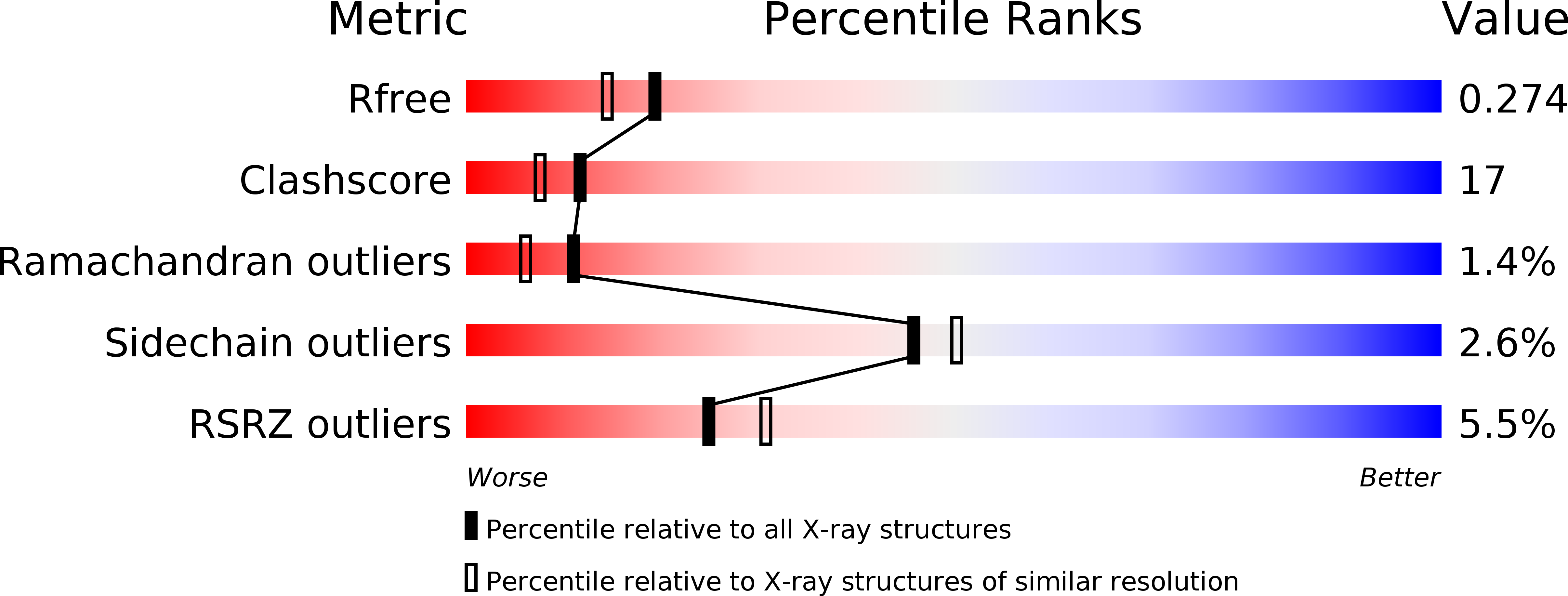
Deposition Date
2002-03-17
Release Date
2002-10-02
Last Version Date
2024-11-20
Entry Detail
PDB ID:
1L7T
Keywords:
Title:
Crystal Structure Analysis of the anti-testosterone Fab fragment
Biological Source:
Source Organism:
Mus musculus (Taxon ID: 10090)
Host Organism:
Method Details:
Experimental Method:
Resolution:
2.10 Å
R-Value Free:
0.27
R-Value Work:
0.21
Space Group:
C 2 2 21


